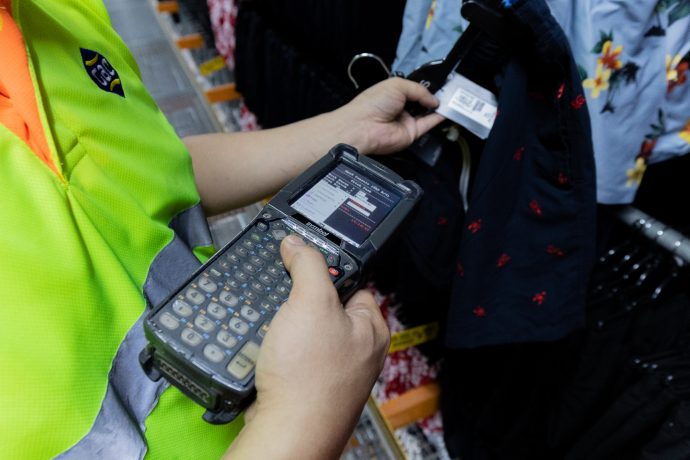A sun is rising in the east. The signatory members of the Association of Southeast Asian Nations (ASEAN) are experiencing a manufacturing surge amid an array of ambitious projects, including Thailand's Eastern Economic Corridor and Vietnam's Textile and Garment Industry Development Strategy, which are seeing businesses shift their productive hubs to the region.
But these new manufacturing activities come hand-in-hand with fresh challenges and responsibilities. For maritime and logistics services providers, the focus is even sharper on flexibility, reliability and integrated solutions - key ingredients in the recipe for success in meeting the region’s ever-evolving logistical demands.
The ASEAN logistics landscape is seeing growing demand in the freight and logistics market, rising from a projected $325 billion in 2023 to a staggering $476 billion by 2029, rooted in the region's strategic placement as a nucleus of global trade. Notably, the Straits of Malacca serves as the corridor for a quarter of the world's commercial activity. At the centre of this maritime axis and overlooking the Strait is Singapore, playing an indispensable role in global shipping with ever-increasing influence.
Many such projects are supported by the financial frameworks of the Asia Bond Fund and the ASEAN Infrastructure Fund serve and are attracting private sector involvement.
The drivers of growth
In the ASEAN region, digitalisation is a significant driving force, with nations leveraging technology to optimise port performance. The ambitious development of a comprehensive "digital twin" by Singapore, encompassing the entire city and critical infrastructure like ports, underscores the region's dedicated march toward modernising logistics practices.

The rise of e-commerce, anticipated to increase from a CAGR of 11.66% from 2023-2027, further underscores the need for advanced logistics infrastructure while innovations ranging from port automation and artificial intelligence to the Internet of Things and blockchain, are poised to boost capacity.
Sustainability also takes centre stage, with 80% of ASEAN countries pledging to achieve net-zero emissions by 2050. That commitment will guide the development of shipping and logistics infrastructure, fostering new practices shaped by environmental considerations.
Amid these key drivers, the clamour for robust logistics and supply chain solutions is increasing. And it will take service providers with the resources and flexibility to meet the heightened operational demands of this new reality.
Stumbling blocks
However, entrenched adherence to traditional trade practices and a lack of technological expertise may serve as stumbling blocks among the less-developed nations. A report published by PwC in April highlighted the region's risk of squandering its potential if it fails to equip its workforce with the skills to navigate a terrain where technology is ever-evolving.
Energy considerations introduce yet another layer of complexity, with a 60% surge in demand forecast by 2040. Striking a balance between responding to that demand and meeting sustainability goals will take meticulous strategic planning, particularly in countries like Thailand that have been tasked with managing offshore production and optimising energy output.
Reliability with flexibility
The COVID-19 pandemic proved how indispensable supply chain flexibility is. Organisations able to swiftly adapt to disruptions by rerouting shipments and identifying alternative suppliers exhibits a resilience to survive and emerge as leaders. Market fluctuations, regulatory changes and smooth delivery of services all demand a nimble approach, an attribute which has long shaped GAC’s global reputation.
GAC's local expertise, knowledge of regulations and traditions of each member state and, crucially, its physical presence with 100 offices across the region ensures a smoother flow. Prioritising effective communication and transparency is pivotal in building trust among local stakeholders grappling with new responsibilities and challenges.
Customisation and scalability, epitomised by a single point of contact, end-to-end visibility and cost optimisation, make up the pillars of integrated solutions. This approach empowers businesses to tailor logistics services to their specific needs, enhancing communication, coordination, and in the process, reducing operational costs.
As the ASEAN logistics market enjoys this phase of rapid growth, supporting both manufacturing relocation to Southeast Asia and the region's own expansion, successful logistics service providers have to multitask. Organisations like GAC must balance managing growth and complexity while maintaining steadfast operational integrity. Though the challenges are ongoing, organisations navigating them find themselves at the forefront of an exciting new Asian dawn.

This article is based on Julian’s presentation to the ASEAN Ports & Shipping Conference held in Bangkok, Thailand, on 1 November 2023.